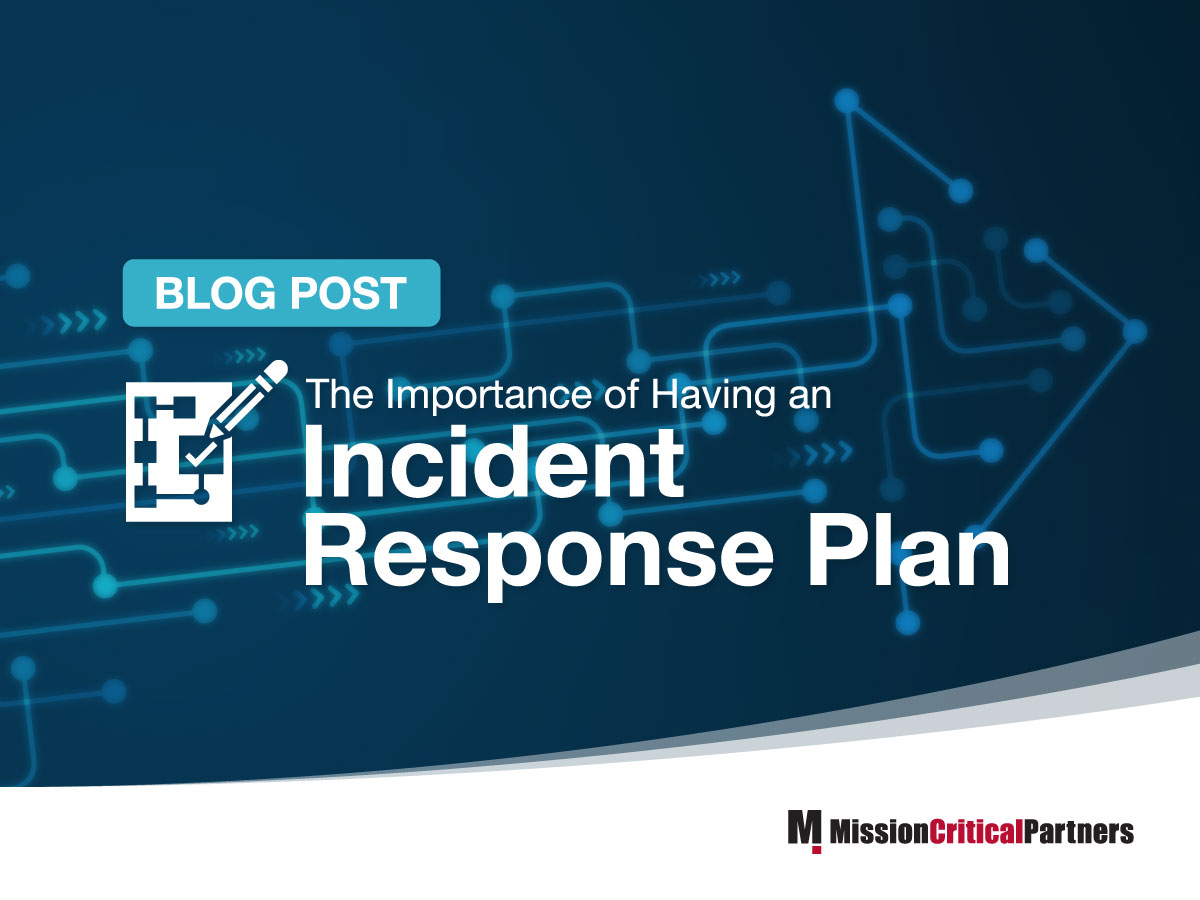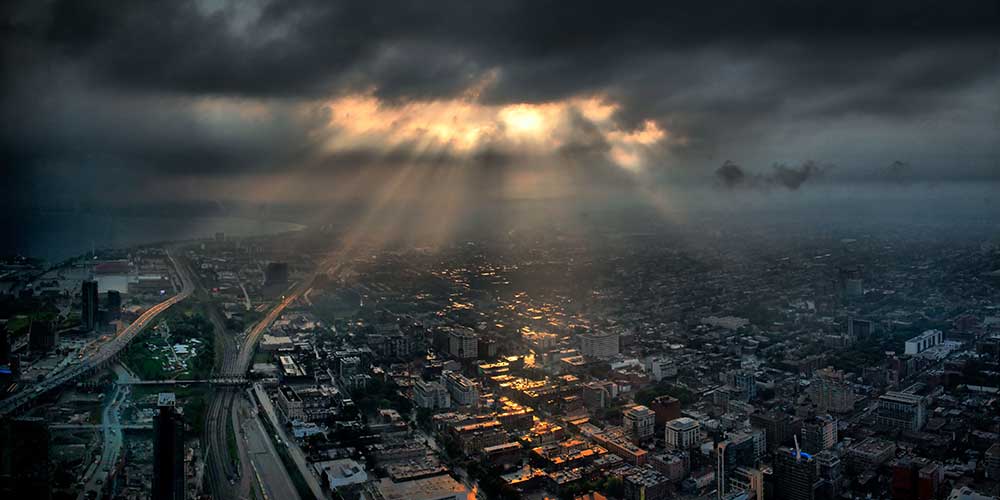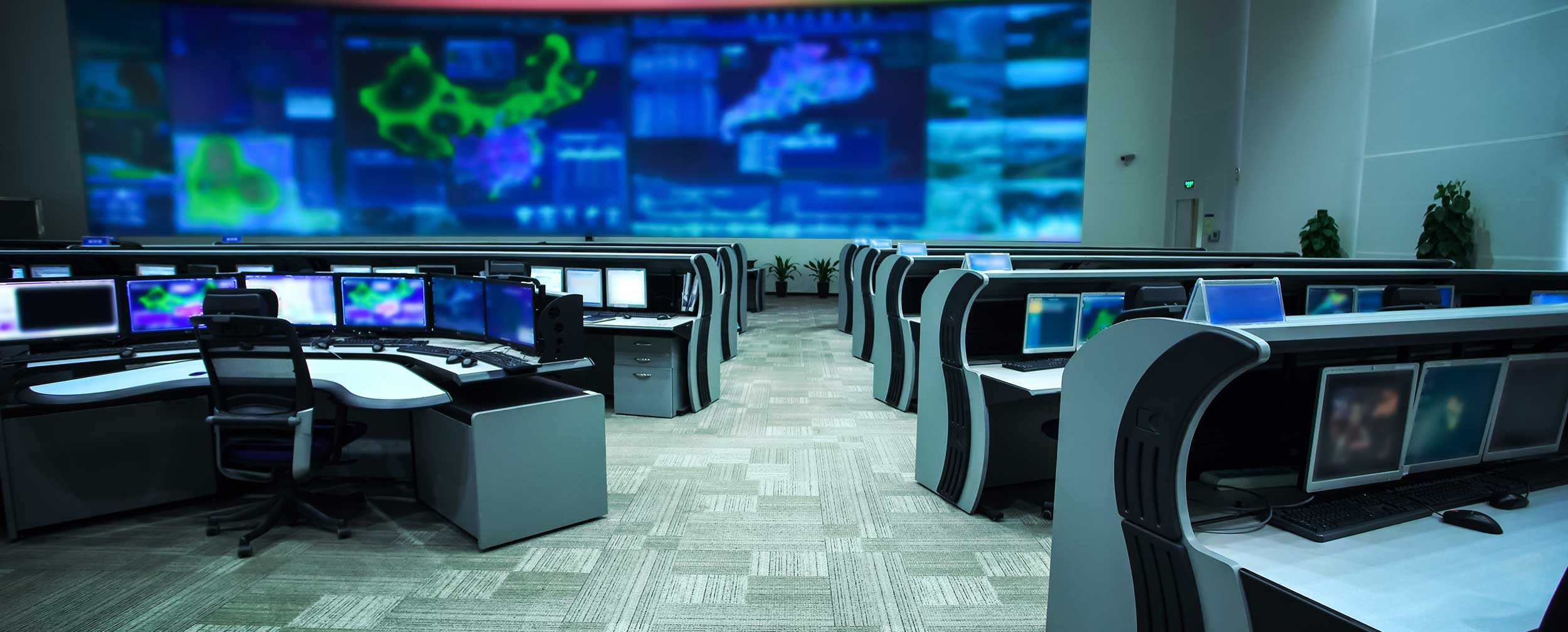The Importance of an Incident Response Plan
Cybersecurity is vitally important in today’s world of highly interconnected networks, systems, and devices. Every day it feels as if we’re barraged with a plethora of threats. Most of us want to try to get through the day without doing something that leads to a cyberattack that compromises infrastructure, disrupts operations, or leads to a data breach. Data breaches are especially egregious for public safety and justice organizations because of the sensitive data they possess.













